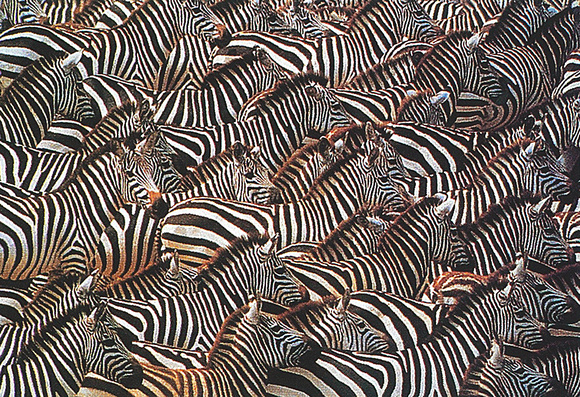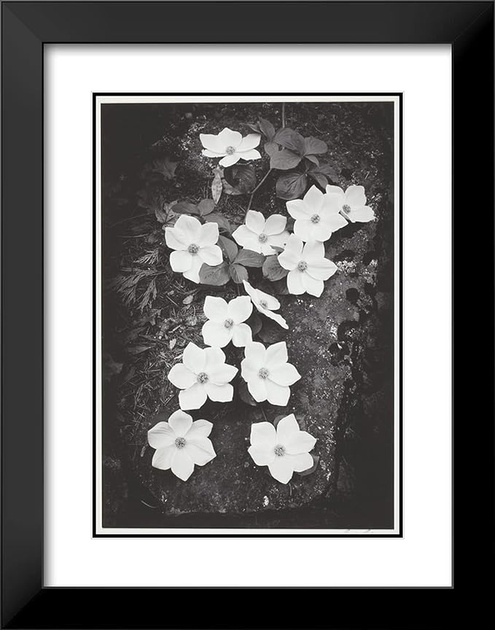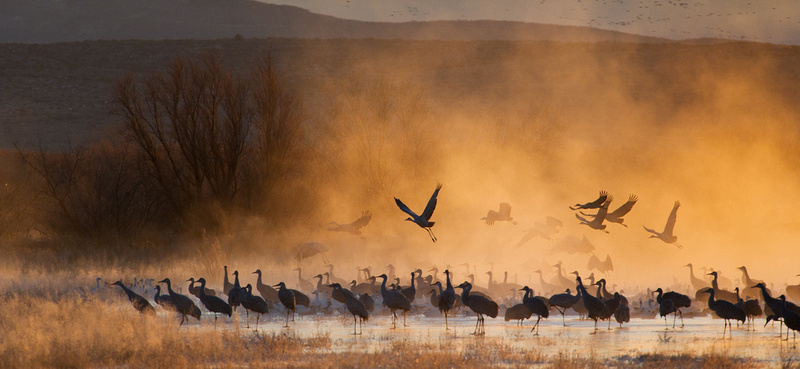Nature Photography: Imitation as a source of inspiration
Nature Photography: Imitation As A Source of Inspiration
Text and photos by Heather Cline
For aspiring nature photographers, looking to the work of those who are more experienced and successful can be a valuable source of inspiration. When I was first learning the art and science of photography, I studied many nature photographers and there were some that stood to me, each for different reasons. I found myself wanting to visit and capture the subjects and places I saw in their photographs.
There is a stark difference between inspirational imitation and creating an exact copy of what someone else has created. This post is focused on how to leverage the photographs you admire as inspiration - and use this as a launching pad to create your own vision and images that are uniquely yours.
 
Mesquite Sand Dune patterns, Death Valley National Park |
Figuring Out What You Like
Studying the work of photographers you admire enables you to recognize patterns in their work and question why you are drawn to them. Is it the composition, the lighting, the subject? Are the images wide angle, telephoto, or somewhere in between? Do they tell a story that fascinates you? Understanding why you admire their images can help you determine what is important to you and drive your personal vision.
Below are two images; the one of the left is by a photographer I admire greatly, Art Wolfe and the other by myself. I have many of Art's books, including Migrations, where I first saw his photograph of a massive herd of zebra's. I was fascinated by this image because of the repeating patterns and simplicity of the color. When I had the opportunity to visit Tanzania, I wanted to create something like this and got my chance when we came across a herd of zebras at a watering hole. Of course, I took several images that were similar to his but as I spent more time looking for compositions, I realized how much I liked those that were tightly composed and created several more that focused on specific animals in the herd while still keeping those patterns I loved so much. It was a great lesson for me to better understand what my vision and brand would be as a nature photographer.
  Art Wolfe, Zebra herd
Art Wolfe, Zebra herd |
  Heather Cline, Zebra herd
Heather Cline, Zebra herd |
Mechanism to Learn
As you study other photographers work, you can learn a lot about what made their images successful by looking at a few key things:
- Composition: this covers many aspects, but you may notice trends like leading lines, rule of thirds, patterns, or color for example. Understanding composition is key for successful images.
- Focal Length: this plays a big role in how the subject is conveyed. A wide angle image will include a lot of the scene with a lot in focus, while a telephoto will have limited view, compress the scene, and may have a blurred background.
- Lighting: At the end of the day, its all about the light. Really successful images capitalize on lighting conditions. Understanding the lighting conditions behind those images can help you plan and execute to achieve successful results as well.
Another photographer that I started following when I first got into photography is Jack Dykinga. He is a master of light and color. In his image below left, he captured the saturated color of sunrise in the morning mist and that is what I remembered about this photo. As I was out photographing cranes one morning, the sun broke through the dense fog just long enough to allow me to create a similar effect. While the images are different, it was the color and silhouettes that I felt made the image most compelling.
|
|
Heather Cline, Sandhill Crane and Snow Geese at Cosumnes River Preserve |
Putting Your Own Stamp On It
As you narrow the focus of what you like to photograph and what makes images successful, you can certainly look to recreate an image that captivated you, but don't forget to keep experimenting to put your own stamp on it. I'm sure I'm not alone when I say I have been a big fan of Ansel Adams since I started in nature photography. His work is simply amazing. Yosemite also happens to be my favorite National Park so his image of the dogwoods still holds my attention today. I remember planning a trip to Yosemite during spring and looking to capture something like his image below (left). While walking around, looking at different groups of flowers, I couldn't help but notice how fantastic the pistil was on these otherwise simple flowers, so I shifted my focus to a macro shot and it still one of my favorites to this day.
  Ansel Adams, Dogwood blooms
Ansel Adams, Dogwood blooms |
Heather Cline, Dogwood bloom |
If you look at the three images of mine from this post, you may notice a trend. I like to get in close. This is something I learned about myself as I continued to look at photographers and their images that I most admired. It's perfectly okay to want to - and even try - to copy an image that you admire as long as you learn and grow to make your images uniquely yours. Now get out there and create!


